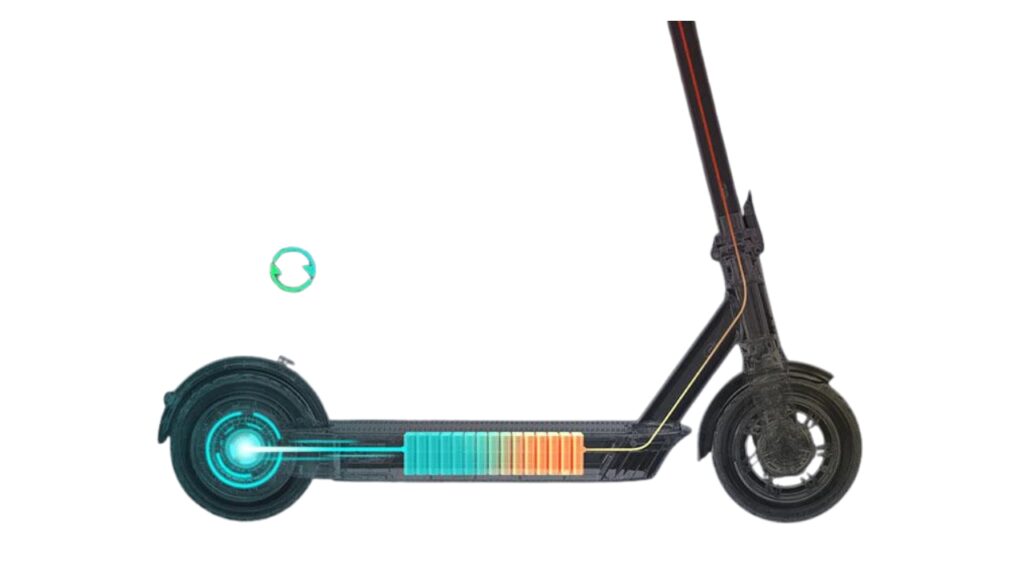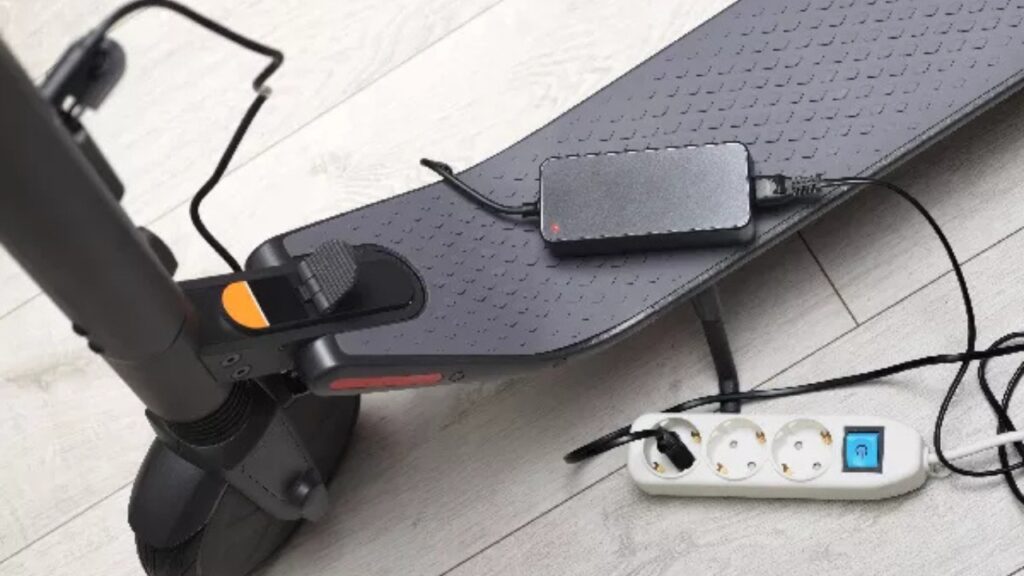Should you plug in your electric scooter after every ride, or is it better to wait until the battery is nearly empty? With so much conflicting advice online, it can be hard to know what truly helps or hurts your scooter’s battery. In this article, we’ll break down what science and experienced riders say about charging habits, how to extend your battery life, and when a full charge is okay.
Understanding Battery Basics
Most modern electric scooters use lithium-ion batteries, specifically NMC (Nickel Manganese Cobalt) cells—the same type used in electric vehicles. These batteries are sensitive to how deeply they’re discharged and how full they’re charged. Key factors that reduce battery life include:
- Charging to 100% regularly and letting the battery sit full
- Deep discharges below 20%
- Charging immediately after riding when the battery is still hot
- Frequent fast charging with dual chargers
Many riders believe they must charge after every ride, no matter what. But this approach often leads to unnecessary stress on the battery.

What Science and Experts Say
Battery researchers and experienced e-scooter riders recommend keeping the charge between 20% and 80% whenever possible. This “middle zone” helps reduce stress on the cells and slows capacity loss over time.
Occasionally charging to 100% is perfectly fine—especially before long rides—but avoid leaving the scooter fully charged for days. If you must top up to 100%, plan to ride within a few hours to drain the excess.
Also, wait 30 to 60 minutes after riding to allow your battery to cool before plugging in. Charging a hot battery accelerates wear. When possible, use a slower (lower amp) charger rather than fast or dual chargers. This gentler approach is easier on the battery.
Community tips highlight a few key best practices:
- Don’t charge immediately after a ride
- Don’t leave the battery sitting at 100% overnight
- If your scooter app allows, set a max charge limit to 80–90%
- Avoid dropping the battery below 15% unless necessary
Real-World Charging Scenarios
Here’s how different types of riders manage charging:
- Daily commuters: Often ride short distances and charge every 2–3 days. Some top up to 80% and stop.
- High-range riders: May need daily charging, but avoid letting it drop under 15%.
- Weekend riders: Store battery at 50–60% when not in use during the week.
- Fast charger users: Prefer to charge slowly overnight unless they’re in a rush.
In all cases, charging habits are adjusted to preserve long-term battery health rather than immediate convenience.
Best Charging Practices Summary Table
| Action | Best Practice |
|---|---|
| After each ride | Wait 30–60 mins before charging |
| Regular charging | Keep charge between 20–80% |
| Storage | Maintain battery at 50–60% |
| Full charge | Okay occasionally, but don’t let sit |
| Charger use | Prefer slow single charger |
Conclusion
Your charging habits have a big impact on your electric scooter’s battery lifespan. Avoid extreme highs and lows—don’t always charge to 100% and don’t drain it completely. Stick to the 20–80 rule, charge after cooling down, and avoid long idle periods with a full battery. Following these tips will help your scooter battery last much longer, save you money, and keep you riding with confidence.
Want to learn more? Check out our other guides on electric scooter maintenance and battery troubleshooting.

